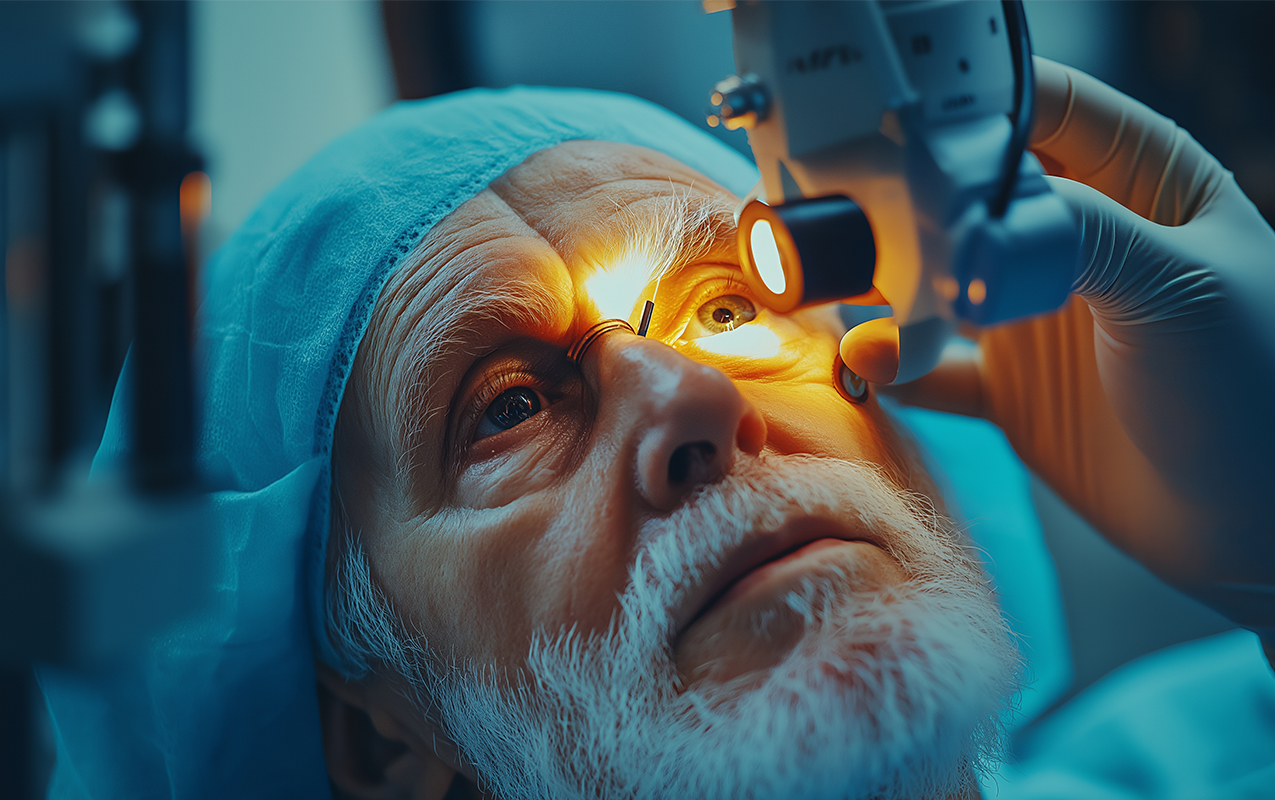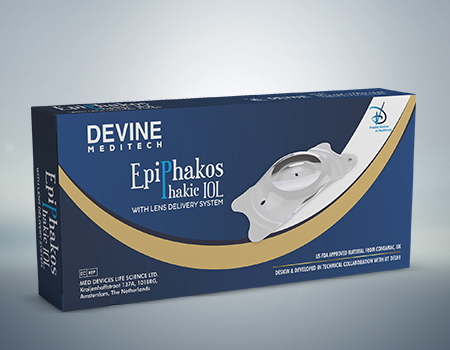Vision is one of our most vital senses, and when it begins to deteriorate due to conditions like cataracts, it can significantly affect daily life. Fortunately, modern ophthalmology offers advanced solutions like intraocular lens (IOL) implants through lens replacement surgery. This transformative procedure restores clear vision and significantly improves quality of life for millions worldwide. At Devine Meditech, we’re committed to educating our patients and readers about the benefits and advancements in eye care — and IOL implants are a cornerstone of modern treatment.
An intraocular lens (IOL) is an artificial lens that is surgically implanted inside the eye to replace the eye’s natural lens when it becomes clouded due to cataracts or is removed for other medical reasons. These implants help focus light on the retina, allowing the patient to regain clear, sharp vision.
The natural lens of the eye plays a critical role in focusing images. However, with age or due to certain medical conditions, the lens may become cloudy — a condition known as cataract. In cataract surgery, the clouded natural lens is removed and replaced with a clear IOL.

There are several types of intraocular lenses available today, and each is designed to meet specific visual needs. Choosing the right type depends on factors such as your lifestyle, visual requirements, and whether you have other conditions like astigmatism.
1. Monofocal IOLs
Monofocal lenses are the most commonly used IOLs and provide clear vision at one distance — usually set for far, intermediate, or near vision. Patients may still need glasses for activities requiring focus at other distances.
2. Multifocal IOLs
These lenses provide vision correction at multiple distances (near, intermediate, and far), reducing the dependency on glasses. However, some patients may experience halos or glare, particularly at night.
3. Toric IOLs
Toric lenses are specifically designed to correct astigmatism as well as distance vision. They are an excellent option for patients who want to reduce the need for glasses after surgery.
4. Extended Depth of Focus (EDOF) IOLs
EDOF lenses offer a more continuous range of vision and help reduce issues like glare or halos. They provide better intermediate and distance vision with minimal side effects compared to multifocal IOLs.
Lens replacement surgery is typically performed on an outpatient basis and takes about 15 to 30 minutes per eye. Here’s a step-by-step overview:
Pre-operative Assessment: Your ophthalmologist will conduct detailed measurements of your eye to determine the best IOL type and power.
Anesthesia: Local anesthesia (usually eye drops) is administered to numb the eye.
Lens Removal: A tiny incision is made, and the cloudy natural lens is broken up using ultrasound (phacoemulsification) and removed.
IOL Implantation: The selected IOL is inserted into the eye and positioned carefully where the natural lens once sat.
Recovery: Most patients experience improved vision within a few days. Complete healing takes a few weeks.
Improved Vision: The most obvious benefit is restored, sharper vision.
Reduced Dependence on Glasses: Depending on the type of IOL chosen, many patients enjoy life without glasses.
Quick Recovery: With modern surgical techniques, recovery is swift, and complications are rare.
Safe and Painless: The procedure is minimally invasive and virtually painless, performed under local anesthesia.

Intraocular lens implants have revolutionized the treatment of cataracts and other lens-related vision problems. With a wide variety of lens options and a high success rate, lens replacement surgery offers a new lease on life for those suffering from impaired vision. If you or a loved one are experiencing blurry or cloudy vision, contact Devine Meditech today and explore the best vision correction options available to you.